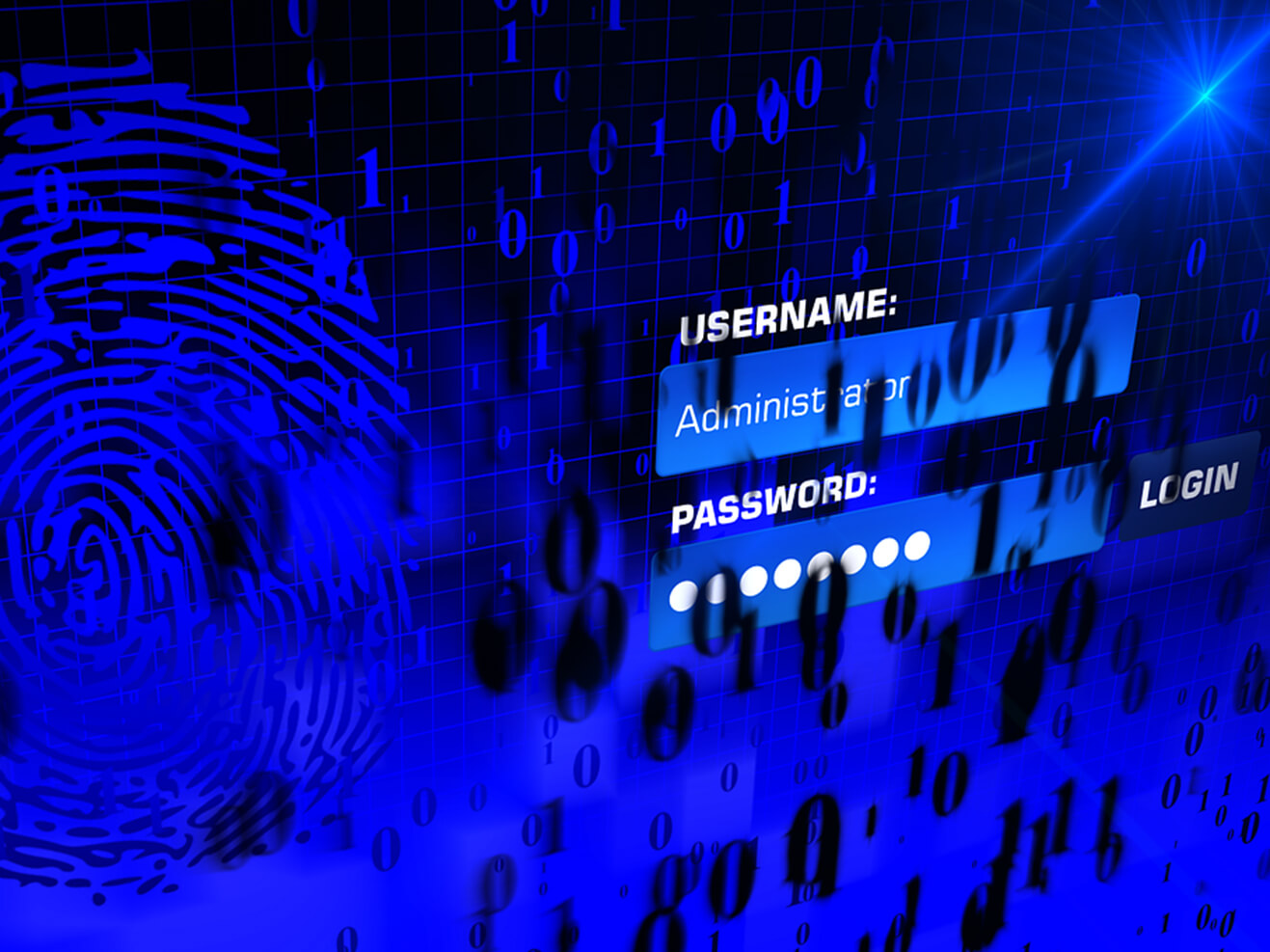HWSI BLOG

As a consequence, employees and contractors must be properly identified, authenticated and authorized to access data without compromising the access to sensitive information.
Identity & Access Management (IAM) is a concept that includes products, processes and policies used to manage and regulate, safely and automatically, user access within a corporation.
The importance of administrating a robust IAM is to avoid:
- Financial losses
- Personal and business data theft
- Reduced productivity
- Damaged reputation
- Non-compliance with regulations
Let’s see how the lifecycle of the IAM works:
A- Provisioning
Real-time provisioning ensures access is available to all employees from day one. Adding a single sign-on (SSO) process streamlines the procedure, allowing staff members to use multiple apps using just one set of credentials.
B- Authentication
In this phase, IT areas validate user identities using SSO services and grant that behind this digital identity there is a real person.
Also, through multi-factor authentication, users are required to provide at least two evidences that they are who they say: security answers or fingerprints are common examples.
C- Authorization
At this step, IAM lifecycle monitors user access rights, control activities and ensures that there is always segregation of duties to prevent fraud: for example, same person should not enter a journal and approve journal entries. Having more than one person carry out correlated tasks is a fundamental element of internal controls.
D- Self-Services
Users are allowed to update their profile with personal information, change and resets passwords and start synchronizing with other systems if required.
E- Governance and Compliance
Governance is responsible for establishing the requirements for identities and assuring their reliability in line with the business objectives and risk environment of the organization. Together, lifecycle and governance provide a foundation for all other IAM components by defining digital identities and specifying how they must be managed.
F- Deprovisioning
Deprovisioning prevents unauthorized access by completely revoking privileges as soon as a person no longer works for the company, or simply stops needing permissions.
Privilege levels must be adjusted accordingly as part of regular automatic updates. By revoking access as soon as it’s no longer needed, IAM minimizes vulnerabilities and put a barrier to possible cyber-attacks.
As you can see, protecting business information require a robust full cycle of monitoring internal activities that IAM can provide automatically and efficiently.
GET IN TOUCH
Hitech World Services INC
Miami - Fort Lauderdale, FL
+1 (305) 395 6699
info@hwsi.tech




0 Comments